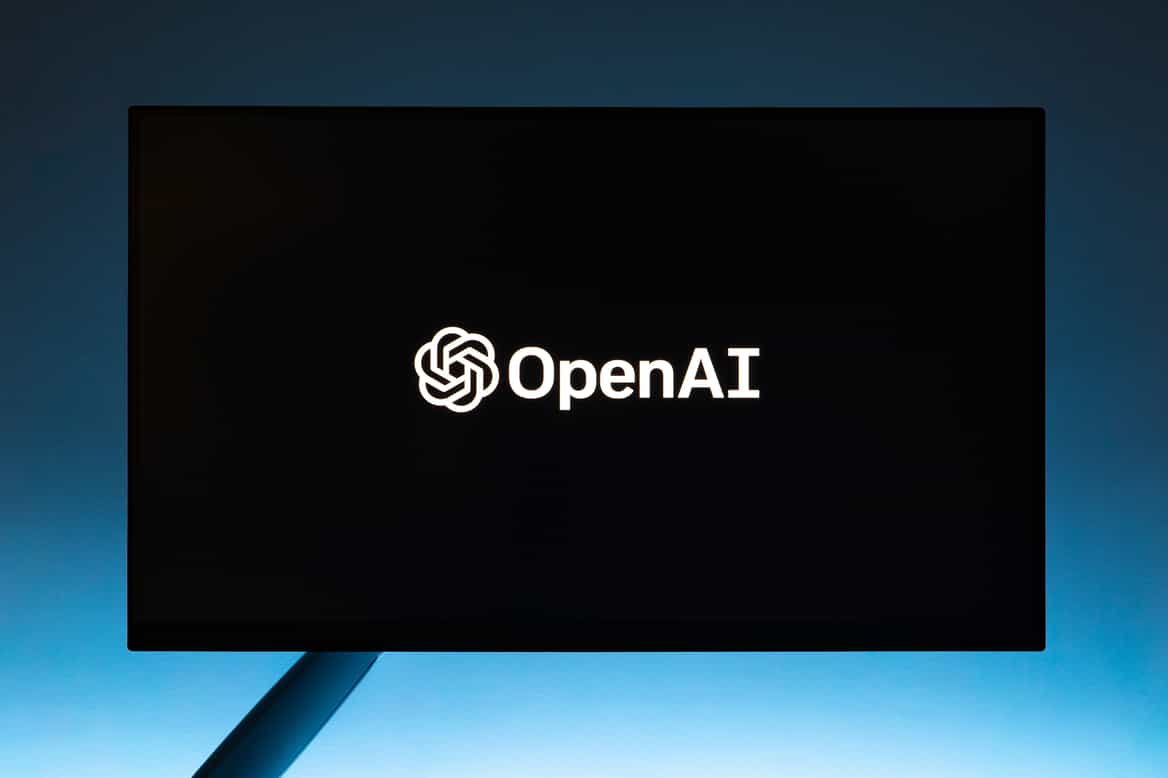AI in Conveyancing

Integration of artificial intelligence (AI) into the workplace is gathering pace. We’ve seen game-changing innovations recently like the launch of ChatGPT, Microsoft's Copilot, and Google's Bard.
So what, if anything, does this mean for the legal sector, and particularly for conveyancing?
Successful Uses of AI in the Legal Sector
The most widely adopted use of AI in the legal sector currently is in the client onboarding process. Machine learning can check documents and recognise images in order to validate a client’s identification, and flag a fraudulent ID. Outsourcing this simple, yet vitally important task to AI is saving lawyers and compliance teams hours in administrative tasks.
Voice recognition software has removed a layer of secretarial support in dictation. Lawyers can now speak into their recorder and the words appear on screen. It learns words and phrases as you go, so the more you use it the more accurate it becomes. Letters can be generated with greater ease and speed. In fact, this technology has become increasingly popular since the rise in remote working and around 82% of law firms intend to invest in speech recognition technology in the near future.
Looking more specifically at conveyancing, we’ve seen advances in automating simple key documents. Some computers have been taught to recognise and auto-fill straightforward legal documents like ‘fixtures and fittings’ forms or documents that need address matches. Again, it’s a simple task, but one that saves valuable hours of admin work for the lawyers and their support staff.
Perhaps the most high-profile and ambitious use of AI in the legal sector so far is Allen & Overy’s introduction of a ChatGPT-style chatbot, called ‘Harvey’. The chatbot has been rolled out across their offices globally and apparently conducts contract analysis, due diligence and regulatory compliance.
Current Shortcomings
As is the case with any new technology, AI takes time to evolve. Currently, chatbots like ChatGPT and Google Bard are not yet fully fit for purpose in the legal sector. Its answers are basic and without nuance, because it lacks the human experience gained through years of conducting transactions.
Not only are its answers over-simplified, but in some cases they are based on outdated information. The information used to ‘teach’ ChatGPT is only as recent as 2021, so it will often provide you with superseded or inaccurate information. In fact, ChatGPT itself recognises that “While I strive to provide accurate and helpful information, I cannot guarantee the accuracy or reliability of my responses.”
But it is not without merit and this type of generative AI could be used to answer basic common enquiries, or draft skeleton documents. Many law firms already have these precedents in place though, so that alone is unlikely to be seen as a significant step forward.
 A Word of Warning on ChatGPT
A Word of Warning on ChatGPT
When we talk about integrating artificial intelligence into conveyancing, it’s important to recognise the difference between branded technology (like ‘Harvey’), and Open AI sources (like the current version of ChatGPT).
There are inherent problems in using an Open AI source like ChatGPT. Most notably for the legal industry is the risk of data breaches and breaches of confidentiality. The technology is constantly learning and it learns from the input that users provide. If anybody in your organisation inputs sensitive data, then ChatGPT may use that confidential information to answer another user’s question. Lawyers for Amazon have recently warned employees against this practice over concerns of data breaches.
The best way to safeguard confidentiality is to avoid Open AI sources and adopt the technology into apps and processes that your organisation controls.
The Future of AI in Conveyancing
So what does the future have in store for AI in conveyancing?
Well, it’s widely recognised that AI has the potential to speed up the conveyancing process and reduce conveyancers’ workload burdens. It can take on those laborious administration tasks, or automate repetitive tasks. With technology doing the heavy lifting on those everyday tasks, the job becomes more enjoyable, and the work becomes more profitable.
With that in mind, one development we expect to see in conveyancing is the more widely adopted use of ChatGPT-style technology to answer administrative queries that commonly delay the conveyancing process. That step doesn’t seem too far away.
But with the introduction of integrated systems like Microsoft's Copilot, AI can do much more. Copilot integrates GPT4 technology into Word, Excel, PowerPoint, Outlook and Teams to help you scan vast amounts of data and return accurate answers. This can help conveyancers with more complex deals, where you need to write a proposal based on data in a spreadsheet or create a PowerPoint for a presentation to a client based on information in a Word document.
We expect AI to be able to raise enquiries eventually. The software can learn about title information, and scan text and data from searches and mortgage lender handbooks. With that information, it should be able to generate enquiries for the seller. It can speed up the process, and act as a ‘second pair of eyes’ in the process.
The developments in AI will not be replacing lawyers any time soon. But it can make the job more enjoyable by taking away the cumbersome administrative tasks that detract from the legal work and slow down the process. Conveyancers that adopt AI early will be ahead of the curve as the technology develops and eventually, AI could become a feature that defines the profitability and reputation of a practice.
Read more inCase articles here.

